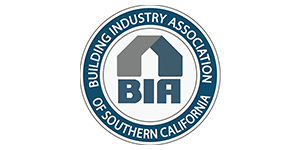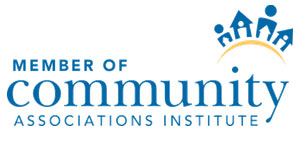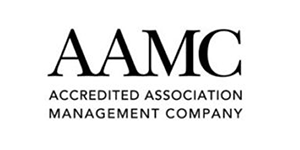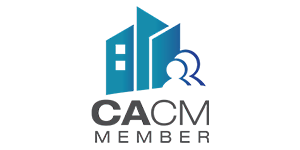Helping HOA Boards Foster Better Communication with Homeowners
Living in a community association comes with both benefits and responsibilities. One of the biggest challenges we’ve seen in our 26 years managing communities is communication breakdown — between the HOA board, management, and homeowners. While the intentions behind messages are usually good, how and when something is communicated can be just as important as the message itself.
At Crummack Huseby, we’ve learned from experience that most communication issues aren’t due to a lack of care or commitment. Instead, they often stem from missed opportunities to be proactive, unclear expectations, or the simple reality that we’re all human, and sometimes stretched thin.
Here’s what we’ve seen most often: how boards and management teams can work together to improve communication and strengthen trust.
1. Delayed or Inconsistent Messaging
When there’s a delay in responding to homeowner inquiries or board directives, it often creates frustration or distrust. Inconsistent messaging from different representatives can also lead to confusion or the appearance of disorganization.
Solution:
Develop clear internal protocols for communication timelines, and ensure everyone on the team is working from the same playbook. A shared messaging guide, frequent status updates, and unified talking points go a long way toward building confidence and consistency.
2. Not Enough Proactive Outreach
Homeowners don’t like to be surprised by changes, whether it's a new paint color requirement or a fee increase. When communication is reactive rather than proactive, it leaves homeowners feeling out of the loop or blindsided.
Solution:
Proactive communication is one of the most powerful tools for building trust. Using e-newsletters, community alerts, or even short FAQ-style messages before changes go into effect can dramatically shift how the message is received. It’s not what you say, it’s how (and when) you say it.
3. Misalignment Between Board and Management
Sometimes communication gaps are internal — between the board and the management company. That can slow down decision-making or leave important questions unanswered.
Solution
Hold regular check-ins between the board and management team, with clear agendas and follow-ups. Transparency, mutual respect, and shared tools (like board portals or task trackers) help everyone stay aligned and moving forward.
What We’ve Learned
As a mid-sized management company, we’ve had the advantage of being able to implement changes quickly when something’s not working. We’re close enough to the day-to-day operations to identify where communication can improve, and nimble enough to act on it.
Over the years, we’ve worked hard to build a company culture where communication is collaborative, not transactional. We understand that homeowners don’t want to be told what they can’t do — they want to understand why certain decisions are made, and they want to feel heard.
It takes intention, consistency, and empathy to build good communication in a community. And while it’s not always easy, it’s always worth it.
If you found this article helpful, feel free to share it with your fellow board members or colleagues. Our goal is to provide thoughtful, real-world insight — whether you work with us or not.
If you have questions or would like to discuss communication strategies for your community, we’re always open to a conversation.
Better Communication Starts with the Right Partner.
If your board is struggling with unclear messaging, frustrated homeowners, or misalignment with management — you’re not alone. Crummack Huseby helps HOA boards improve communication through proactive strategies, clear systems, and a collaborative approach. Fill out the form below to start the conversation. Let’s build a better way to communicate.
About Crummack Huseby
Crummack Huseby is an award-winning property management and consulting firm serving homeowners associations and builder communities across Southern California. Since 1999, we’ve partnered with HOA boards, developers, and homeowners to provide personalized management, strategic guidance, and exceptional service. Our team believes in building strong relationships, transparent communication, and custom solutions that help communities thrive.
To learn more about how we can support your HOA or builder project, click here.








